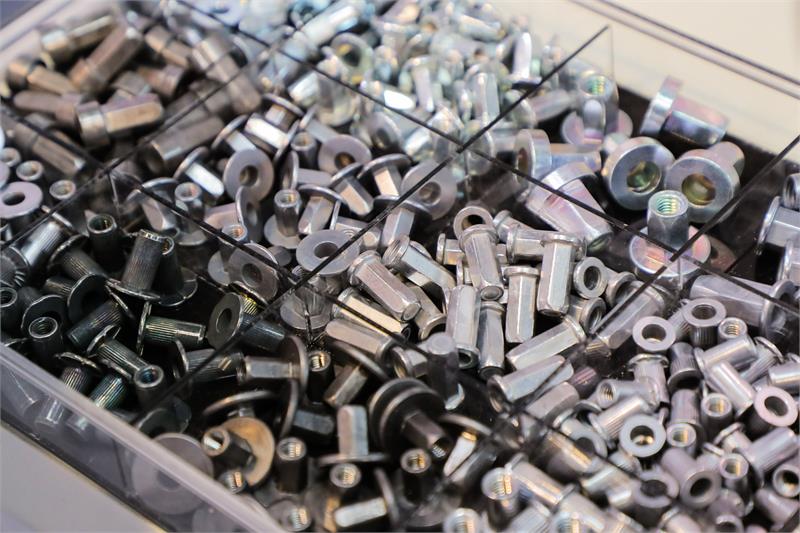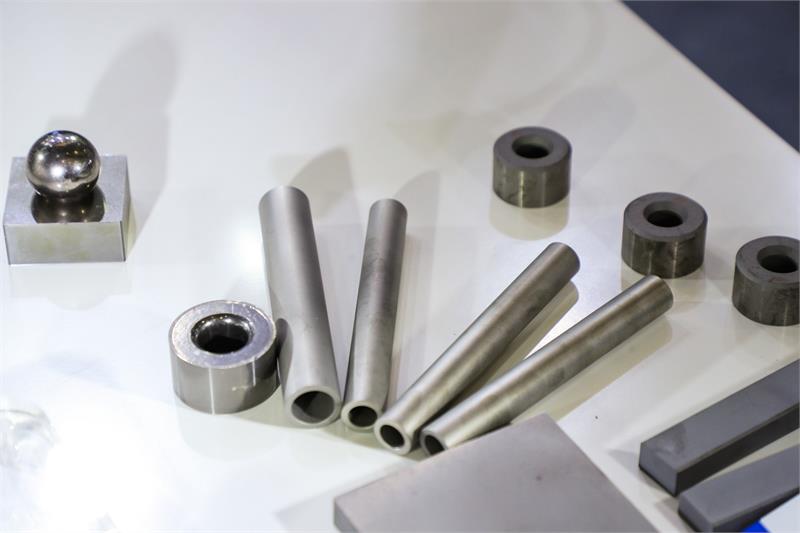In the process of foreign trade export, customs declaration is a crucial link. Customs declaration is the process of submitting information related to goods, transportation vehicles, and luggage to the customs to complete export procedures.
In the fastener industry, according to data from Huajing Industry Research Institute, the export quantity of fasteners from China from January to October 2023 was 4110636 tons, a decrease of 113358 tons compared to the same period in 2022, a year-on-year decrease of 2.1%; The export amount was $93.27019 million, a decrease of $1889.552 million compared to the same period in 2022, a year-on-year decrease of 15.2%. The export quantity of fasteners from China in October 2023 was 400246 tons; The export amount is 797.033 million US dollars.
Overall, the export of fasteners can not only promote the development of China’s fastener enterprises, but also enhance the overall level of China’s machinery industry, contributing to the development of China’s economy and the enhancement of international competitiveness.
So, have you been confused about the process and classification of export customs declaration for fasteners? Are these screws self tapping screws, square head screws, or other types?
When faced with these non-standard fasteners, some people often don’t know how to declare them correctly. Below, we will provide a detailed introduction to the export process, classification requirements, and standardized declaration information of steel fasteners, so that everyone can better understand and master the export customs declaration requirements of fasteners.
Classification of Steel Fasteners
Firstly, we need to clarify the classification of fasteners. Whether steel fasteners can be classified under heading 73.18 is a key judgment. If threaded products are not used to secure two or more parts, such as screw plugs (item 83.09) or transmission worms (item 84.83), they cannot be classified under item 73.18. According to the 2022 version of the Harmonized System, implants specifically designed for medical, surgical, dental, or veterinary purposes, such as screws, bolts, etc., should be classified under heading 90.21. Other commonly used steel fasteners are classified under heading 73.18.
The second step is to determine the primary subheading based on the presence or absence of threads. Products with threads are classified under subheading 7318.1, while products without threads are classified under subheading 7318.2. Unthreaded products mainly include washers, rivets, pins, etc.
Step three, determine the corresponding secondary subheadings based on their structure and purpose. Screw products need to distinguish between wooden screws, hook and ring head screws, self tapping screws, or other screws, bolts, nuts, etc. Unthreaded products need to be distinguished as washers, rivets, or pins.
For example, hook head screws and ring head screws (subheading 7318.13) have a curved or circular tail, a conical threaded portion with a pointed head, and are commonly used for hanging or fixing other objects. Self tapping screws (subheading 7318.14) are similar to wooden screws in that they have a slotted head and a cutting thread, with a pointed or tapered end, and are generally used for screwing into thin sheets of plastic, slate, metal, and other materials. Nuts (subheading 7318.16) are used to secure bolts in a certain position, usually threaded throughout, but sometimes one end is a blind hole.
Specification declaration for steel fasteners
For the standardized declaration of fasteners for item 73.18, the 2022 version of the Catalogue of Standardized Declaration for Import and Export Commodities specifies the following elements:
1. Product Name: Clearly indicate the name of the product.
2. Material: It is necessary to declare the specific material of production, such as iron, stainless steel, etc., and cannot simply declare it as “steel”.
3. Types: such as square head screws, self tapping screws, nuts, washers, etc.
4. Tensile strength: refers to the maximum load-bearing capacity of a metal under static tensile conditions, measured in Mpa (megapascals).
5. Brand: The brand logo of the manufacturer or distributor, and the Chinese or foreign brand name should be filled in according to the actual inspection status of the product.
6. Model: A code designed based on factors such as performance, purpose, specifications, or size.
7. Rod diameter: For screws and bolts under subheadings 7318.11 to 7318.15, the rod diameter size of the product should be reported, usually in millimeters.
The above information can usually be obtained from the product label. For example, common mechanical performance grades include 8.8, 9.8, 10.9, and 12.9. The first digit in the marking code represents 1/100 of the nominal tensile strength, and the second digit represents the ratio of the nominal yield point to the nominal tensile strength.
Requirements for Declaration of Origin of Carbon Steel Fasteners
According to the Announcement of the Ministry of Commerce on the Final Review of Anti Dumping Measures for Imported Carbon Steel Fasteners Originating from the European Union and the United Kingdom, anti-dumping duties will continue to be levied on carbon steel fasteners originating from the European Union and the United Kingdom for a period of 5 years starting from June 29, 2022. The declaration requirements for these products include truthful declaration of origin, submission of relevant proof of origin documents, and provision of original manufacturer invoices.
Example of declaration
1. Product name: Bolt
Product code: 73181510.01
Declaration elements: Material: carbon steel | Tensile strength: 950 megapascals | Brand: AMTOO brand | Model: MBN 10143 M10 | Rod diameter: 10MM |<Other EU companies><0.26><><0>
2. Product name: Bolt
Product code: 73181590.90
Declaration elements: Material: stainless steel | Tensile strength: 686 megapascals | Brand: No Chinese or foreign language Brand name | Model: 81-A6616-2A | Rod diameter: 10mm
Through the detailed classification and declaration process explanation above, we can see that correctly declaring the export of fasteners is a complex but well-organized process. Understanding and mastering these steps is crucial for ensuring the smooth export of fasteners.
Post time: Jan-11-2024


